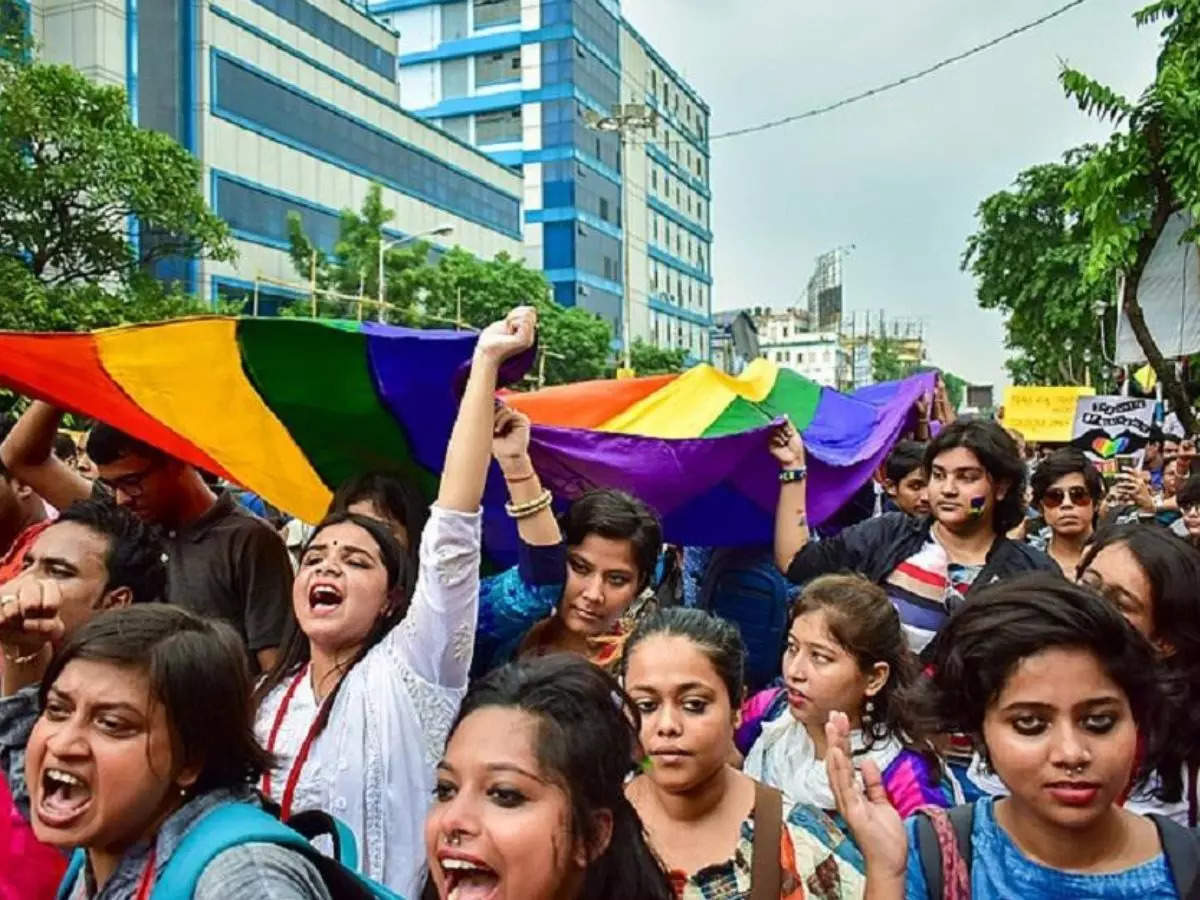Unseen Struggles: Understanding Migraine in India's LGBTQ+ Community
In India, the LGBTQ+ community faces a dual burden: not only do they experience higher rates of migraine, but seeking care is often hindered by fear of stigma and discrimination. Transgender and non-binary individuals, especially, encounter challenges such as misgendering or deadnaming, exacerbating the difficulty of accessing healthcare. This lack of understanding and support networks intensifies isolation within the community.

While India marked a shift in recognising LGBTQ rights in 2018, the community (Lesbians, Gay, Bisexual, Transgender, and Queer) remains vastly under-researched due to historical data gaps and ongoing stigma. The lack of accurate prevalence data, exacerbated by individuals' hesitancy to identify due to societal pressures, presents a significant barrier to understanding their unique healthcare needs. This invisibility likely contributes to heightened mental health concerns within the community, leading to limited access to necessary healthcare services in India.
Why Migraines Hit the LGBTQ+ Community Harder in India
Comprising around 10 per cent of India's population (roughly 135 million individuals), the LGBTQ+ community experiences a disproportionately higher rate of migraines compared to the general population. This vulnerability arises from a complex interplay of factors, including societal stigma, discrimination, and limited healthcare access, leading to chronic stress—a known migraine trigger. Transgender and gender-diverse individuals within the LGBTQ+ community face "gender minoritised stress" stemming from adverse childhood experiences and ongoing discrimination, contributing to higher rates of migraine disability.
In India, the LGBTQ+ community faces a dual burden: not only do they experience higher rates of migraine, but seeking care is often hindered by fear of stigma and discrimination. Transgender and non-binary individuals, especially, encounter challenges such as misgendering or deadnaming, exacerbating the difficulty of accessing healthcare. This lack of understanding and support networks intensifies isolation within the community.
Breaking Barriers for Inclusive Healthcare
However, there's hope for change. Firstly, Healthcare providers must enhance cultural competence, creating safe spaces where LGBTQ+ individuals feel comfortable seeking help. Training staff on inclusive language and practices and actively listening to patients' unique experiences are crucial steps. Secondly, we should work towards increasing representation for LGBTQ+ voices in migraine research and advocacy. This will help us understand their specific needs and develop targeted solutions.
In addition, while traditional medications play a role in migraine management, the LGBTQ+ community can benefit from drug-free treatments. Exciting avenues like neuromodulation offer promising relief. Remote Electrical Neuromodulation (REN), a non-invasive approach using gentle electrical pulses, empowers individuals to manage their migraines on-demand. For those seeking direct pain relief, Transcutaneous Electrical Nerve Stimulation (TENS) targets pain signals at the source. Additionally, Vagus Nerve Stimulation (VNS) offers self-administered vagus nerve stimulation, potentially reducing migraine pain significantly.
Collaborative Progress for a Pain-Free Future
While recognising the significant challenges faced by the LGBTQ+ community in India is a crucial first step, true progress lies in collaborative action. It is important to acknowledge and address the distinct hurdles faced by this community with respect to migraine care. Cultivating awareness, eradicating stigma, broadening the scope of research, and nurturing supportive environments are some pivotal steps toward ensuring equal healthcare access and efficacious headache treatment. By actively recruiting and supporting LGBTQ+ individuals in research studies, we can gain a deeper understanding of their specific needs and develop targeted solutions. Neurologists, mental health professionals, and LGBTQ+ community organisations should work together to develop culturally competent and inclusive migraine care models integrating these promising drug-free approaches. Through these combined efforts, we can build a future where everyone, regardless of their identity, has the opportunity to live a life free from pain and discrimination.
The Article is written by Dr Praveen Gupta, Principal Director & Head Neurology, Fortis Memorial
Research Institute, Gurugram
(DISCLAIMER: The views expressed are solely of the author and ETHealthworld does not necessarily subscribe to it. ETHealthwold.com shall not be responsible for any damage caused to any person / organisation directly or indirectly.)



COMMENTS
All Comments
By commenting, you agree to the Prohibited Content Policy
PostBy commenting, you agree to the Prohibited Content Policy
PostFind this Comment Offensive?
Choose your reason below and click on the submit button. This will alert our moderators to take actions